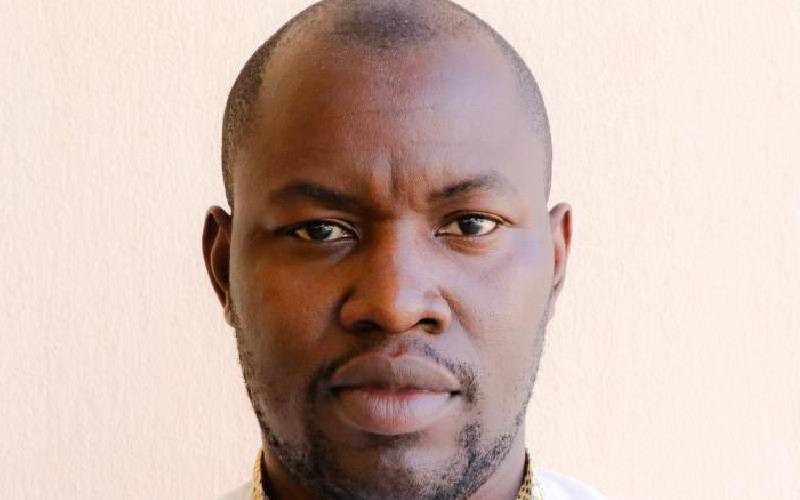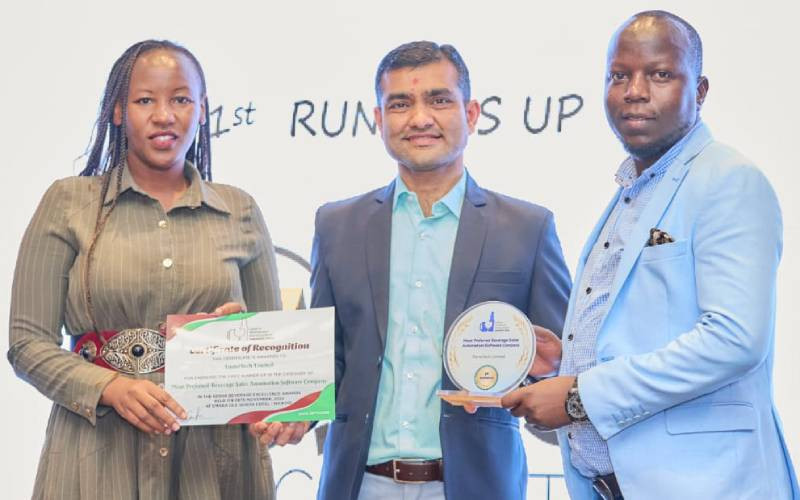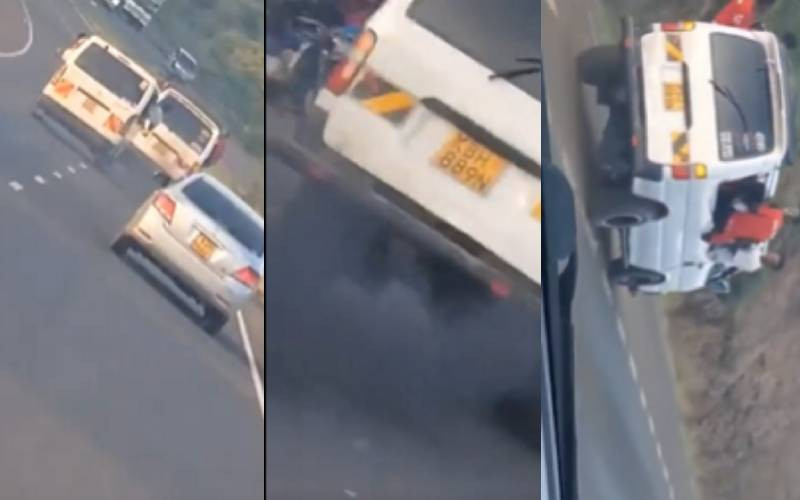
Kenya’s largest county by landmass sprawls across the north-western corner, enveloping nearly 77,000 square kilometres of the Rift Valley. Turkana is a landscape of profound contrasts, with its headquarters, Lodwar, a bustling nucleus amidst vast stretches of arid land.
The county borders Uganda, South Sudan and Ethiopia, and stretches into the heart of Kenya, spreading a blend of culture and history. Yet, beneath this rich tapestry lies a narrative of struggle, resilience and the indomitable spirit of its people, particularly its children who face compounded vulnerabilities due to drought, poverty and a high prevalence of HIV.
The lifelines of Turkana are defined by pastoralism, agro-pastoralism, fishing and urban employment. Yet the county is marred by frequent droughts and cattle rustling, phenomena that cause devastating loss of livestock and, more tragically, human lives.
It is these challenges that USAID Imarisha Jamii Project hopes to mitigate. The project by Amref Health Africa in collaboration with USAID PEPFAR aims to enhance health, education, protection and socio-economic outcomes for children affected by HIV, alongside their caregivers and families.
Despite significant strides towards supporting orphans and vulnerable children (OVC), Turkana’s vastness and the sparsity of its settlements pose unique challenges.
The average distance between households, coupled with the rugged terrain, stretches the capabilities of case workers. The ratio of OVC to the caseworker, standing at 1:60, underscores the enormity of the task at hand.
With about 88 per cent of its populace living below the poverty line, the county’s fight for survival is underscored by its dependency on pastoralism and agriculture.
However, successive droughts not only threaten traditional ways of life but also leave children and their families in a precarious state of food insecurity, malnutrition and vulnerability to diseases. This pushes some children to the streets, while others are withdrawn from school to tend to livestock or engage in income-generating activities.
Insecurity, fuelled by resource conflicts and cattle rustling, adds another layer of challenges.
The nomadic search for pasture and water, while a testament to their resilience, leads families into insecure territories, disrupting the project’s support. Besides, with an 82 per cent illiteracy rate, the dreams of many children are tethered. The low literacy levels among volunteer case workers further emphasizes the need for training and resources.
Teenage pregnancy and early marriages, driven by economic desperation and cultural norms, rob many girls of their futures, perpetuating the cycle of vulnerability and poverty.
Despite these challenges, the USAID Imarisha Jamii project shines as a testament to innovation and resilience.
The adoption of virtual case management ensures continuity of service amid insecurity and migration. This strategy, alongside direct interventions like entrepreneurship training and school support, fosters economic stability and educational attainment.
To navigate these challenges, a multifaceted approach is essential. Investing in the training and facilitation of case workers, enhancing logistical support to reach remote households and providing incentives will significantly improve service delivery.
Stay informed. Subscribe to our newsletter
Building resilience among OVC households through social protection and economic strengthening is crucial.
Addressing norms that discourage education for girls, countering risks of school dropouts, and employing evidence-based interventions can transform the landscape of opportunity for young women.
Through collaborative efforts, innovative strategies and a commitment to resilience, the vision of a healthier, safer and more prosperous Turkana for all children can become a reality.
 The Standard Group Plc is a
multi-media organization with investments in media platforms spanning newspaper
print operations, television, radio broadcasting, digital and online services. The
Standard Group is recognized as a leading multi-media house in Kenya with a key
influence in matters of national and international interest.
The Standard Group Plc is a
multi-media organization with investments in media platforms spanning newspaper
print operations, television, radio broadcasting, digital and online services. The
Standard Group is recognized as a leading multi-media house in Kenya with a key
influence in matters of national and international interest.
 The Standard Group Plc is a
multi-media organization with investments in media platforms spanning newspaper
print operations, television, radio broadcasting, digital and online services. The
Standard Group is recognized as a leading multi-media house in Kenya with a key
influence in matters of national and international interest.
The Standard Group Plc is a
multi-media organization with investments in media platforms spanning newspaper
print operations, television, radio broadcasting, digital and online services. The
Standard Group is recognized as a leading multi-media house in Kenya with a key
influence in matters of national and international interest.









